Once the pride of the German navy, the battleship Tirpitz met a dramatic end off the coast of Northern Norway. Learn about the ship’s formidable power, strategic significance, and the Allied efforts that led to its ultimate demise.
Northern Norway is well known for many things: its raw yet spectacular landscapes, the midnight sun, the magical northern lights, Sami culture, and the fantastic winter experiences. But it also played a major role in World War II.
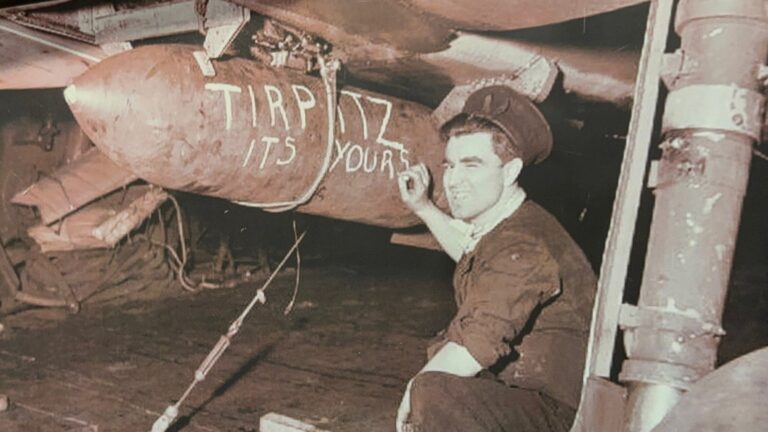
I've written before about the strategic importance of Narvik during the Second World War, but there's plenty more war history hidden in plain sight all across the Arctic region.
My trip to Narvik's war museum left a big impression on me. So, on a recent trip to Alta, I joined a trip to the Tirpitz Museum. I have to say, I didn't know a great deal about the Tirpitz, other than it was a German battleship sunk in Northern Norway.
But given my experience in Narvik, I had a feeling it would be an interesting story to learn in my ongoing project to learn more about Norway’s role in World War II. And so it proved to be.
The Story of the Tirpitz
The Tirpitz was a battleship like no other, renowned for its sheer size, advanced weaponry, and the imposing shadow it cast across the North Atlantic. It was the largest battleship ever built by the German navy.
Alongside its sister ship, the Bismarck, the Tirpitz was meant to be a powerful tool in Germany's naval arsenal, intended to challenge Allied control over the Arctic convoys carrying essential supplies to the Soviet Union.
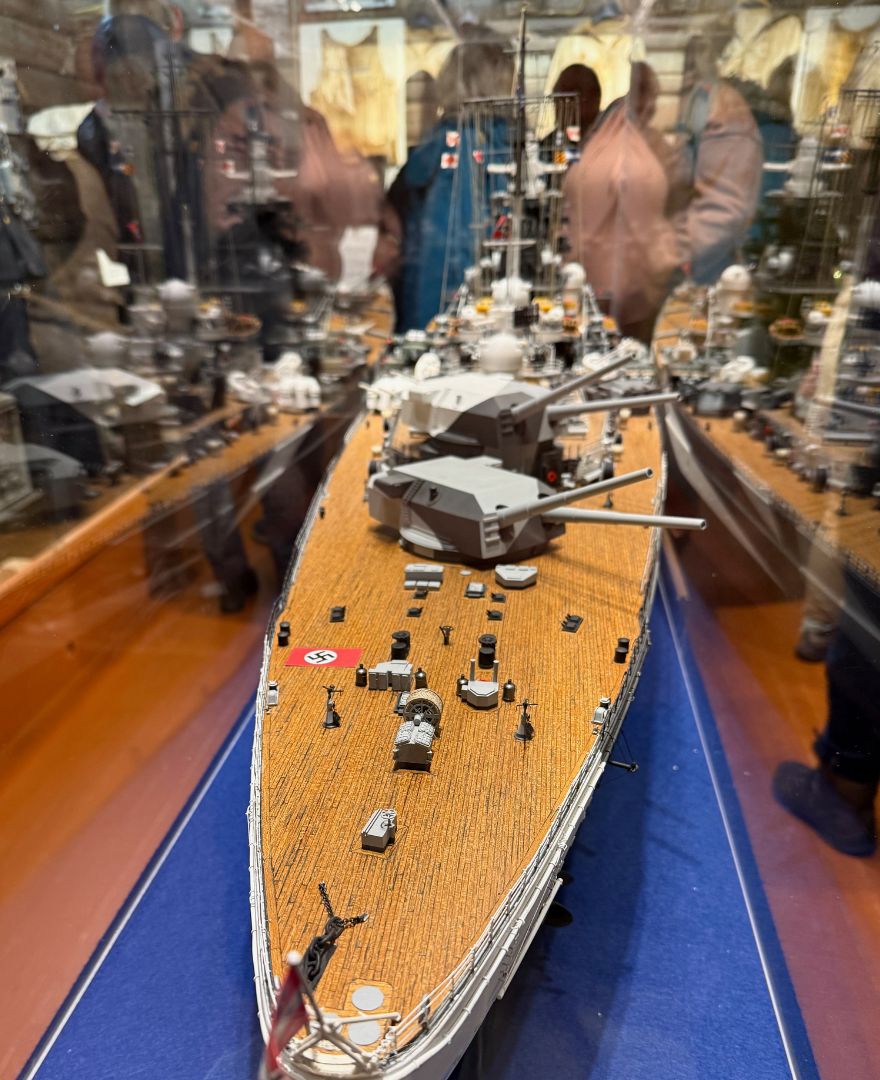
Stationed in Northern Norway for much of its operational life, the Tirpitz had a strategic purpose beyond sheer firepower: it was a psychological weapon.
Just by its presence, the battleship forced Allied forces to divert vast resources to counter the threat, even if it rarely engaged in direct combat.
The British Royal Navy and the Royal Air Force mounted numerous missions to neutralise the Tirpitz, recognising that its sinking would relieve the immense pressure it placed on Allied Arctic convoys.
However, attacking the Tirpitz was no small feat. The battleship was heavily armoured, defended by anti-aircraft guns, and stationed in well-fortified Norwegian fjords where it was shielded by mountains and protected from direct attacks.
The Destruction of the Tirpitz
Numerous missions were launched to disable or destroy the vessel, and these attempts became legendary in their own right—from daring submarine raids to innovative, high-altitude bombing operations.
The relentless pursuit of the Tirpitz by Allied forces became one of the most intense cat-and-mouse games of the Second World War.
In a series of operations, the British attempted to disable or destroy the ship, understanding the immense strategic advantage her elimination would bring.
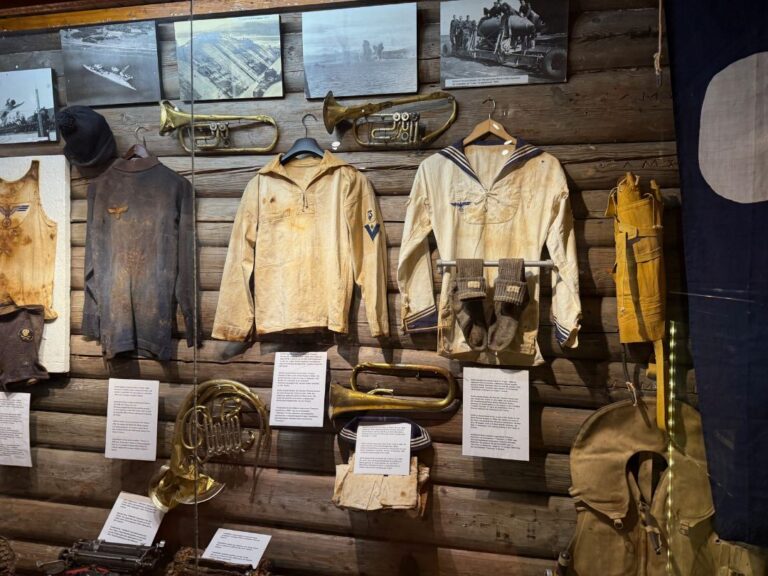
Early efforts involved daring X-craft mini-submarines in Operation Source, where British crews navigated the perilous fjords and managed to place explosive charges beneath the ship. Though the attack inflicted damage, the Tirpitz was repaired, and the threat remained.
Recognising the need for a more decisive blow, the Royal Air Force launched a series of high-altitude bombing raids, known as Operations Tungsten, Paravane, and Catechism.
Each attempt grew more sophisticated, with new tactics, aircraft, and powerful Tallboy bombs, designed to penetrate the Tirpitz’s formidable armour.
Finally, on November 12, 1944, during Operation Catechism, the RAF achieved what had eluded them for years. The bombers struck the Tirpitz at Håkøya near Tromsø, causing catastrophic damage.
The battleship capsized, trapping hundreds of German sailors inside. The “Lonely Queen of the North” had met her end, bringing a dramatic close to one of the most intense naval sagas of the war.
Visiting the Tirpitz Museum
Walking into the Tirpitz Museum in Alta, you’re immediately struck by the weight of history. The small, intimate space is filled with artefacts, photographs, and documents that tell the story of the Tirpitz and the soldiers who served on her.
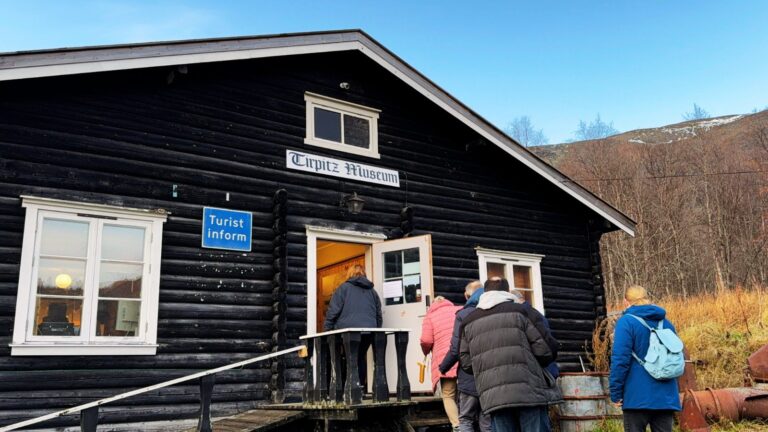
Each display brings a different aspect of the battleship’s story to life—from models of the ship in her prime to photography from the period.
Perhaps most moving are the personal items recovered from the wreckage, reminders of the lives lost when the Tirpitz finally sank. Letters, uniforms, and photographs of young German sailors add a human element to the battleship's epic story.
As you move through the exhibits, you gain a deeper understanding of the sacrifices, ambitions, and fears that defined this chapter of history. There's also a film (approx. 30 min) telling the story of the final attacks.
How to Visit the Tirpitz Museum: I was able to visit in October, but only because I was part of an organised excursion from the Fred Olsen Balmoral, a cruise ship docked in Alta.
Although advertised as a Tirpitz Museum tour, the excursion also included several photo stops and a visit to Alta's Northern Lights Cathedral. It was well worth the money.
Independent visits to the Tirpitz Museum are also possible but only during the summer opening season.
Between June and August, the museum is open from 10am to 5pm every day. That being said, it might be a good idea to check with the tourist information office in Alta before making a special journey.
The Tirpitz Beyond the Museum
But the story of the Tirpitz extends beyond the museum walls. Just outside the museum, a memorial stands in solemn tribute to the Tirpitz and the lives lost in her final chapter.
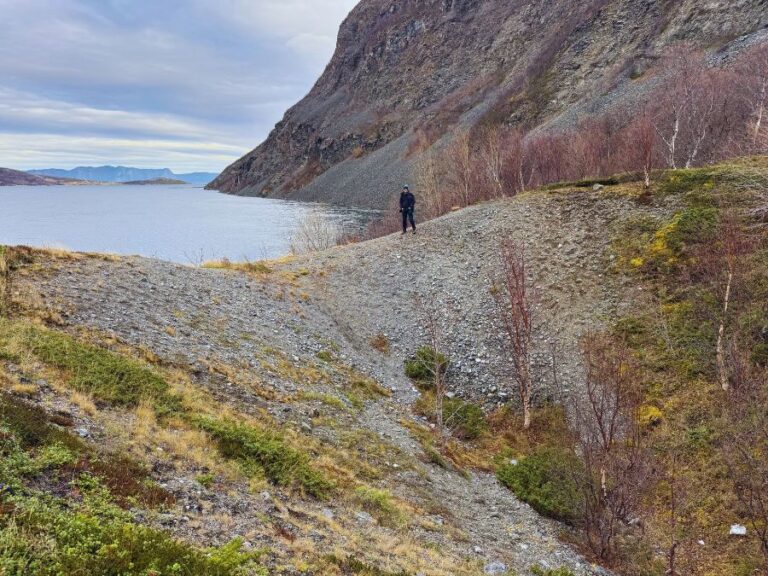
On the drive between Alta and the museum, there’s a unique historical marker hidden in plain sight. Overlooking the Kåfjord, a massive crater remains—a scar in the landscape created by a British bomb that fell just short of its target.
A short walk from a nearby car park, this crater is a quiet yet powerful reminder of the intense Allied efforts to end the Tirpitz’s reign.
Standing at the crater’s edge, looking out over the fjord where the Tirpitz once loomed, you gain a profound perspective on the events that shaped this region.


Hi David!
Once again I will write to you! You have an article about Tirpitz, the German warship. It was ‘hiding’ in Fiskfjord, a short journey from Sortland and if I recall correctly, the ship was hiding there 3 weeks. I remember this well because I grew up there. We kids, were scared to ‘death’ of the soldiers who were travelling on their motorcycles w/loaded guns. One very young soldier begged my grandmother to adopt him!